
Red-throated Loon
Red-throated Loon
Red-throated Loon
Are you familiar with the bird called the Red-throated Loon? It may be well known in some regions. You might have heard of it under a different name, but many may not know about it. Let's talk about what kind of bird the Red-throated Loon is.
Red-throated Loon Basic Infomation

Class: Birds, Order: Loons, Family: Loon, Genus: Loon
Total length: 53-69cm
Wing span: 106-116cm
The Red-throated Loon primarily lives on water. It inhabits the northern parts of the North American and Eurasian continents, but during winter, it migrates south to areas north of Kyushu, Japan to escape the harsh winter.
In Japan, it is only seen in winter, so it is considered a winter bird. In Hokkaido, it is seen as a migratory bird because it passes through during migration.
While larger than a crow, it is the smallest bird in the loon family, illustrating how large loon family birds generally are.
It is covered in gray feathers with a mottled pattern, which changes between summer and winter.
In summer, the head turns gray, and the front of the neck becomes reddish.
In winter, the head turns black, and the neck to the belly turns white.
It's like they change their clothes just like humans do.
Since it's a water bird, unlike flying birds, its legs are attached towards the rear of the body, which aids in swimming and diving.
Red-throated Loon Q&A

What is the origin of the Red-throated Loon's name?
The name 'Red-throated Loon' derives from its characteristic red throat patch seen during the breeding season. The genus name 'Gavia' comes from Latin, which historically referred to seabirds. The specific name 'stellata' points to the star-like white spots on its back during the summer.
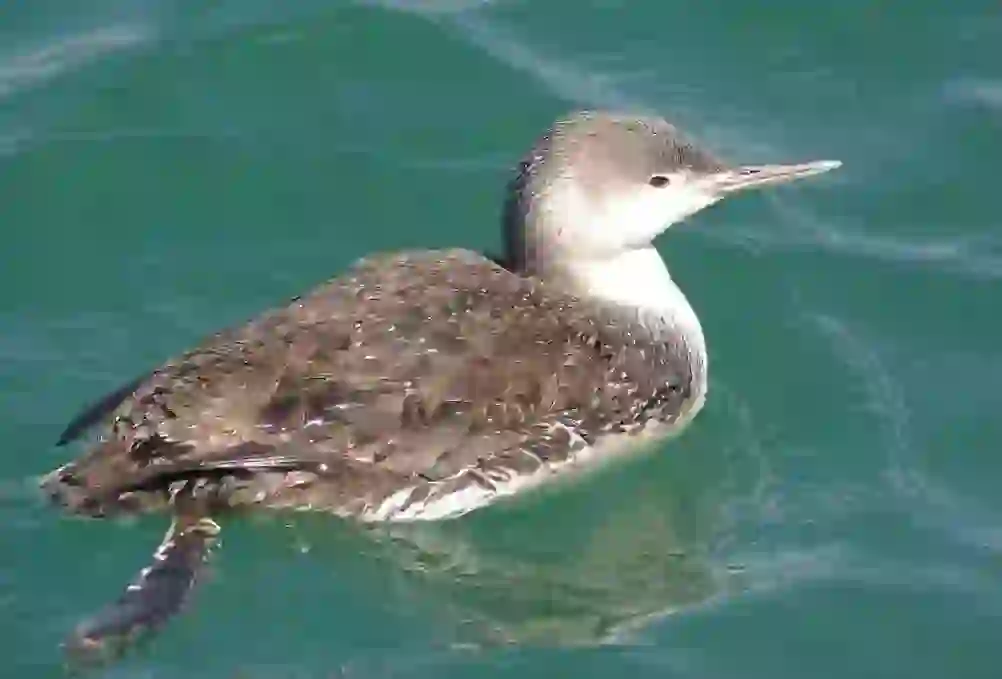
Why does the Red-throated Loon live there?
Red-throated Loons are highly adapted to aquatic life. They prefer cold northern waters where they can find their food, mainly fish. In winter, they migrate to slightly warmer coastal waters or ice-free lakes where food is still abundant.
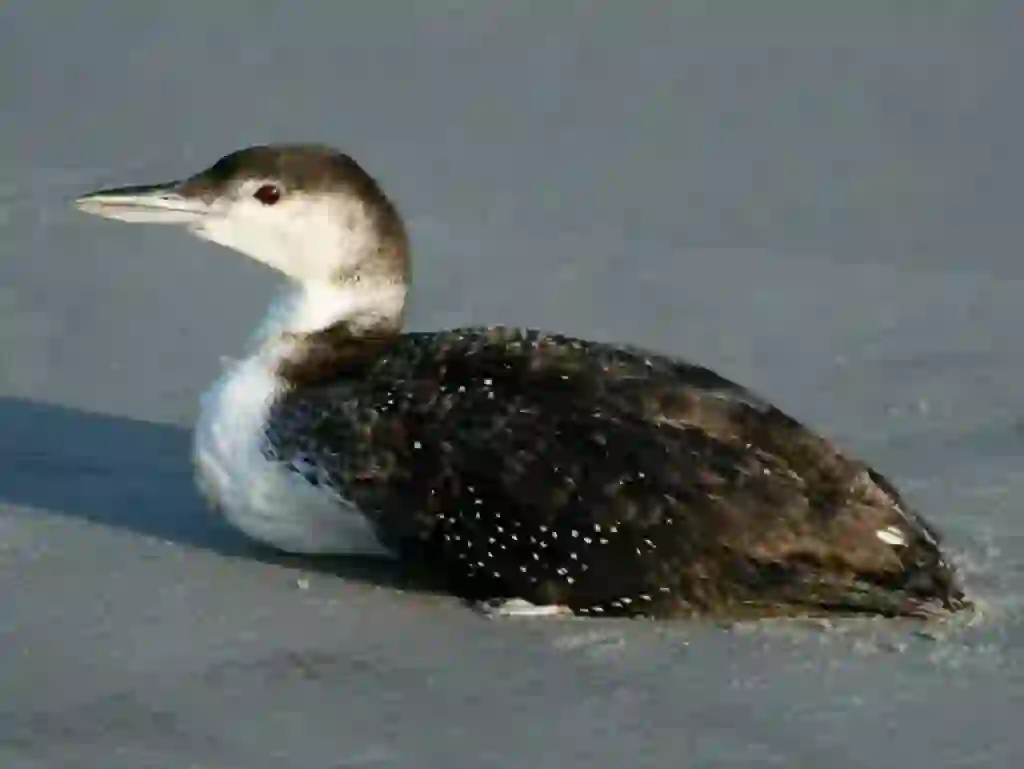
What does the Red-throated Loon eat?
Their diet consists primarily of fish. However, they also eat aquatic invertebrates, including crustaceans and insects. They are excellent divers, catching most of their prey underwater.
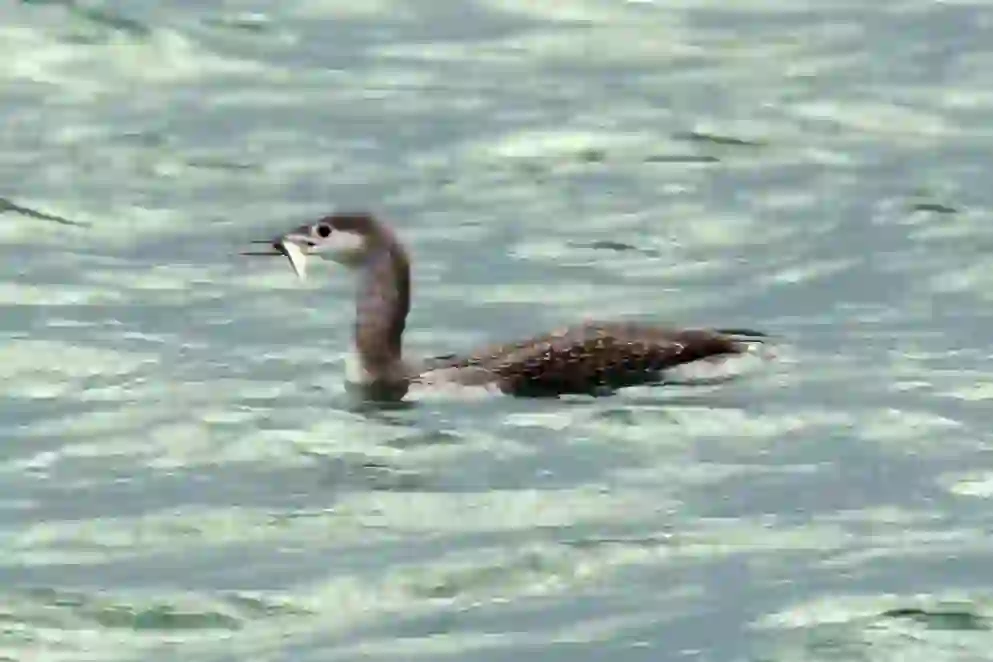
Can Red-throated Loons walk on land?
Red-throated Loons are not adept at walking due to their legs being positioned far back on their bodies. This anatomical feature aids in swimming and diving but makes land movement awkward and limited to pushing themselves along on their bellies.
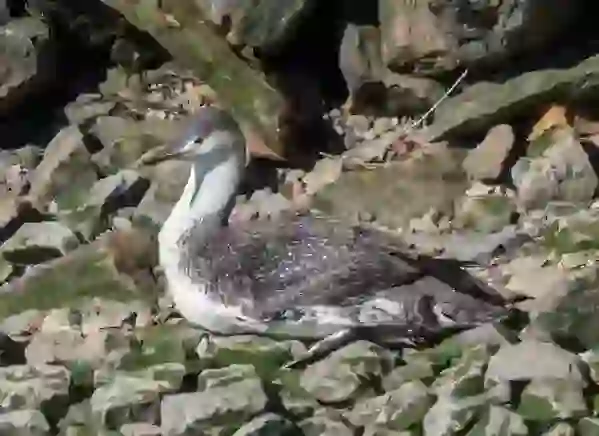
How do Red-throated Loons reproduce?
Red-throated Loons nest once a year by freshwater lakes in the Arctic tundra during the brief northern summer. They lay 1-2 eggs directly on the ground in a scrape or on a mound of vegetation. Both parents share in incubation duties, which lasts about 24-29 days.
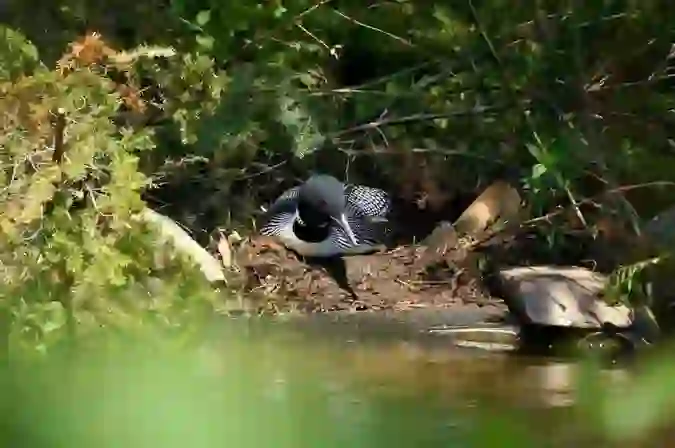
Do Red-throated Loons molt?
Yes, they undergo a molt twice a year, switching from a cryptic grayish winter plumage to a more strikingly patterned summer plumage with a bright red throat that gives them their name. The molt begins in late winter and is complete by the breeding season.
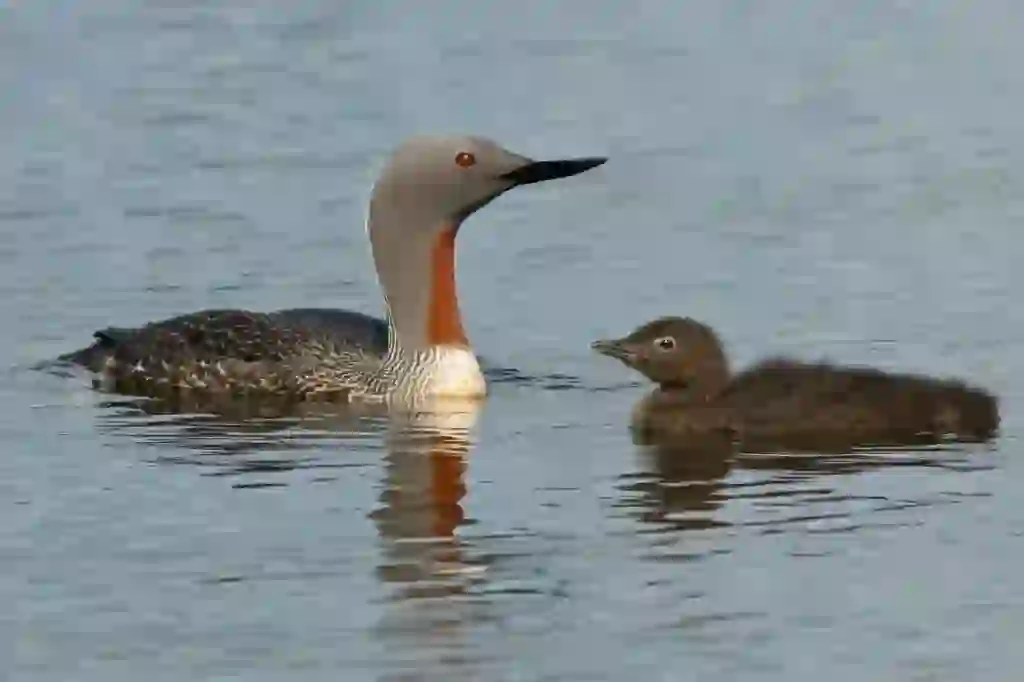
Is the Red-throated Loon involved in traditional fishing methods?
In some indigenous cultures of the Arctic, the Red-throated Loon's arrival in spring is traditionally seen as an indicator to start fishing. Their migration patterns have been closely observed by local people to predict the best fishing times.

Is the Red-throated Loon considered a natural monument or protected in any regions?
In some regions, particularly in Japan, the Red-throated Loon is considered a protected species under local environmental laws. This protection aims to preserve its breeding grounds from industrial development and pollution.

Would you like to become a part of the 'Animalbook.jp'?
Turn your knowledge into Q&A and share it with the world. ※Publication will be activated after purchase. Let's share information together!
Red-throated Loon Type of List
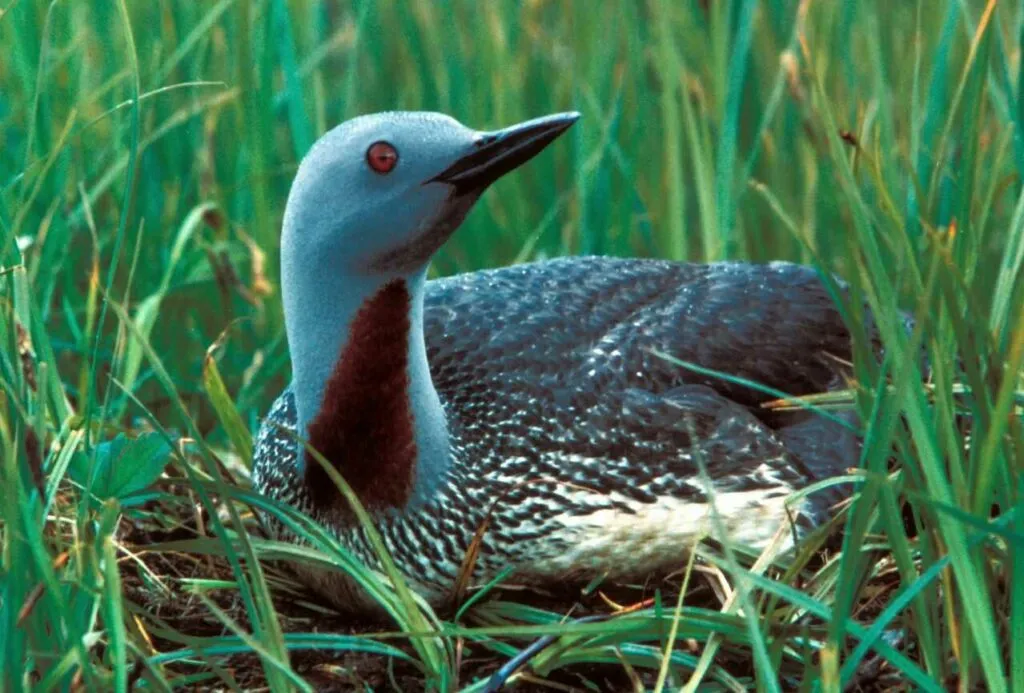
- Red-throated Loon (Main type)
- Large-billed Loon
- Black-throated Loon
- White-necked Large-billed Loon
- Loon
Information
Congratulations! You are the first commenter!

Create Your Favorite List!
Red-throated Loon
Save the animals you love! Build your own list to quickly revisit your favorites later.

Would you like to leave a comment?
※Please note: This is for the purchase of rights to post comments within the article.
Find Your Favorites!
Our shop offers a unique and attractive selection of goods themed around various animals.
Red-throated Loon References

- Wikipedia アビ https://ja.wikipedia.org/wiki/アビ
- Wikipedia アビ属 https://ja.wikipedia.org/wiki/アビ属
- サントリーの愛鳥活動 https://www.suntory.co.jp/eco/birds/encyclopedia/detail/4631.html
- せとうちネット 瀬戸内海の環境保全と想像をめざして https://www.env.go.jp/water/heisa/heisa_net/setouchiNet/seto/g1/g1chapter1/ikimono/abi.html
- 鳥の図鑑 https://torinozukan.net/abi.php
- 広島県教育委員会ホームページ ホットライン教育ひろしま https://www.pref.hiroshima.lg.jp/site/bunkazai/bunkazai-data-106140040.html
- 鳥ペディア https://bird-pedia.com/archives/1129
- ZUKAN https://www.zukan.earth/descriptions/6/1139708
- ★生物多様性総合情報サイト★〜広島県の生物多様性を知ろう!〜 https://www.pref.hiroshima.lg.jp/site/tayousei/hogokuiki-abi.html
Red-throated Loon Introduction of media used

Help Enrich Our Animalbook.jp with Your Media!
We are constantly looking to expand and enrich our Animalbook.jp with amazing photos and videos of animals. If you have any media that you'd like to share, please contribute and help us showcase the beauty and diversity of the animal kingdom. Your submissions will be credited and featured in our encyclopedia, reaching a wide audience of animal lovers.





















